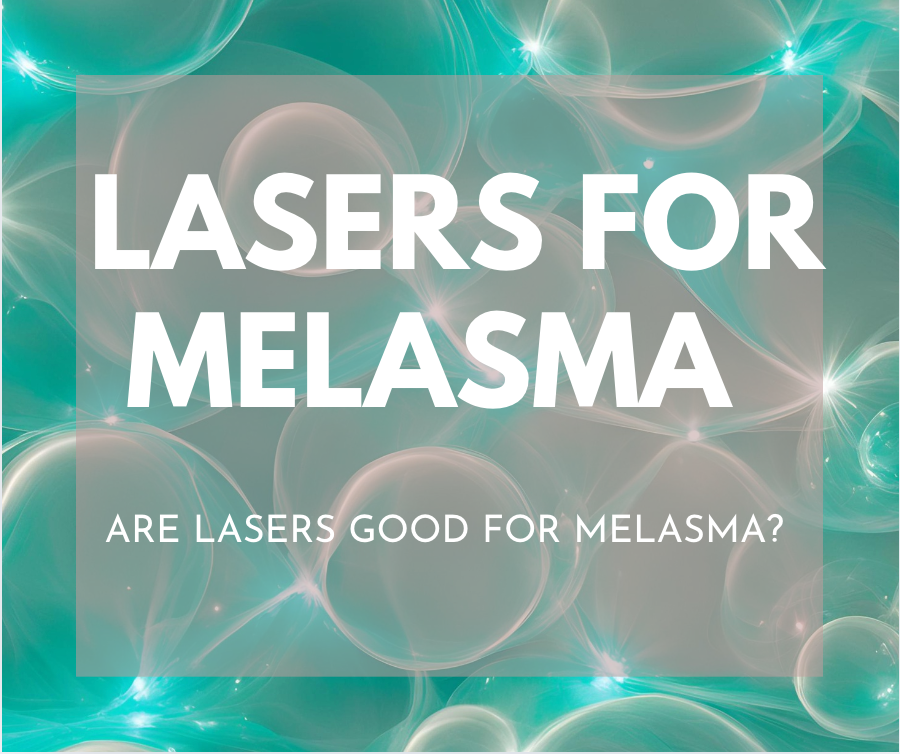Are lasers good for melasma?
Melasma is a common skin condition characterized by the development of longterm pigmentation on the face. Although there are many different forms of hyperpigmentation that occur in healthy individuals, melasma is unique in that it is precipitated by hormonal influences. Most commonly, melasma begins with exposure to exogenous hormones including birth control pills, hormone replacement therapy, or hormone blockers. We find melasma in women who have become pregnant, take fertility medications, or certain medications.
There are several different patterns of melasma formation, including forehead melasma, cheek melasma, and jawline melasma. The light brown to dark brown pigmentation looks different than scattered sunspots or freckles and rarely resolve on their own.
Although lasers are touted for their benefits on skin clarity and complexion, they are not first-line options for melasma. Fractional lasers, IPL, BBL, thermal lasers, or even tattoo removal pico lasers can worsen or deepen melasma pigmentation and should not be used initially in the treatment of melasma.
IPL and BBL treatments, although not specifically lasers, can reduce melasma pigmentation, but this improvement may be transient and short-lasting.
Cosmetic dermatologists who treat melasma tend to recommend topical therapy first and foremost. Treatments begin with gentle exfoliation followed by the application of skin lighteners on the skin. Chemical peels using TCA and lactic acid are excellent resources for those dealing with melasma. Finally, longterm use of tyrosinase inhibitors including hydroquinone and arbutin and excellent options for daily skincare. Melarase AM and Melarase PM Arbutin are part of a healthy and efficacious skincare regimen that can help improve dark spots, melasma, abnormal skin discoloration, and age spots.


